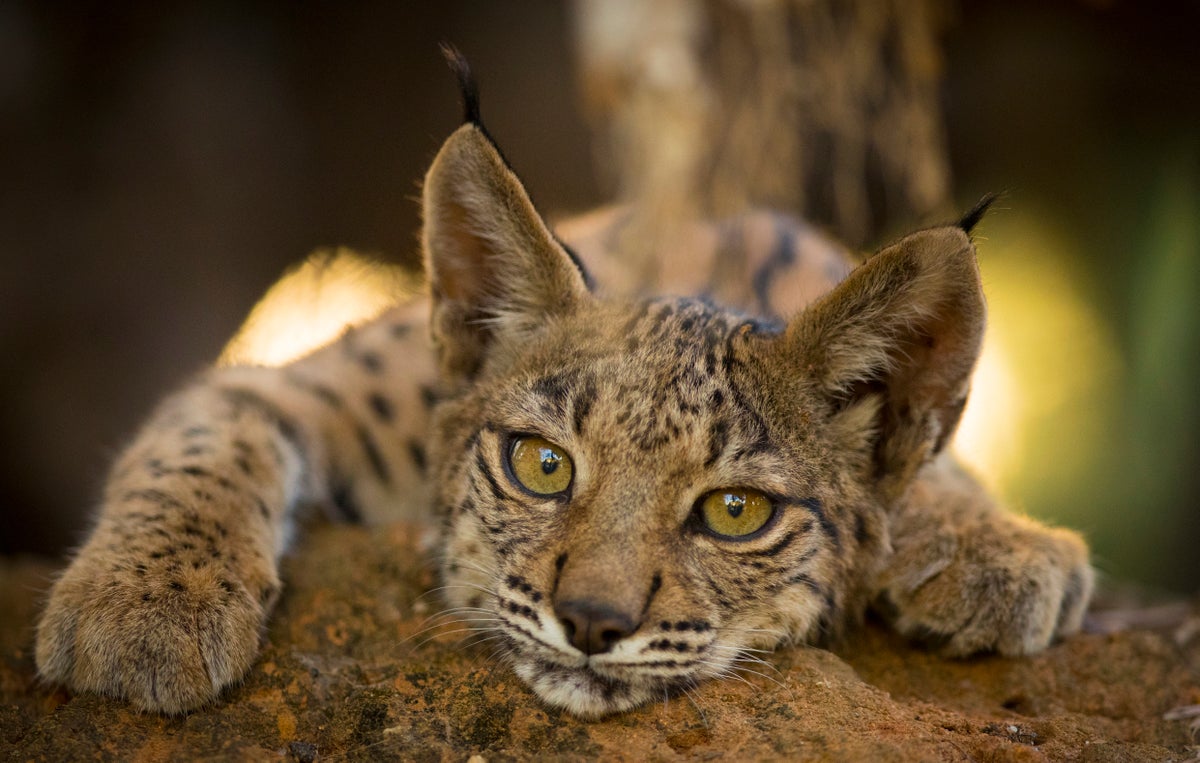
Over 45,000 species are now threatened with extinction — 1,000 more than last year — according to an international conservation organization that blames pressures from climate change, invasive species and human activity such as illicit trade and infrastructural expansion.
The International Union for Conservation of Nature released its latest Red List of Threatened Species on Thursday. Now in its 60th year, the list sounds the alarm about animals and plants at risk of extinction, but it also highlights conservation success stories such as the Iberian lynx.
The list now includes 163,040 species, an increase of about 6,000 from last year. Copiapoa cacti, native to Chile’s Atacama coastal desert, the Bornean elephant and the Gran Canaria giant lizard are among the threatened species, IUCN revealed.
Social media trend among extinction drivers
Copiapoa cacti have long been coveted as decorative plants, driving an illegal trade that has been amplified by social media where enthusiasts and traders showcase and sell the cacti.
A staggering 82% of the species is now at risk of extinction, a significant jump from 55% in 2013, the report said.
IUCN said that the decline is due to the surge in demand for the Chilean cacti in Europe and Asia as ornamental species. The smugglers and poachers facilitating the trade, the organization said, have gained increased accessibility to the plants’ habitat due to roads and housing expansion in the Atacama area.
“It is easy to distinguish if copiapoa cacti have been poached or grown in a greenhouse,” said Pablo Guerrero, a member of the IUCN's group on the plants. “Poached copiapoa have a grey tone and are coated in a dusty-looking bloom that protects the plants in one of the driest deserts on Earth, whereas cultivated plants appear greener.”
The 2024 update also highlights the Asian elephant in Borneo as an endangered species. It is estimated that only about 1,000 Bornean elephants remain in the wild, according to IUCN analysis.
The population has decreased over the past 75 years primarily due to extensive logging of Borneo’s forests, destroying much of the elephants’ habitat. Conflicts with humans, habitat loss due to agriculture and timber plantations, mining and infrastructure development, poaching, exposure to agrochemicals, and vehicle collisions also threaten the species, the IUCN said.
The list also revealed the “staggering” decline of endemic reptiles — the giant lizard and skink — on the Canary Islands and Ibiza due to predation by the invasive snakes.
One species' 'greatest recovery'
In a contrasting tale, conservation efforts have revived the Iberian lynx from the brink of extinction, with the population increasing from 62 mature individuals in 2001 to 648 in 2022 and more than 2,000 now.
Once considered one of the most endangered wild cat species in the world, their population declined by 87% and the number of breeding females dropped by more than 90% between 1985 and 2001, according to Canada-based International Society for Endangered Cats.
The species was revived by restoring the Iberian lynx’s natural Mediterranean scrub and forest habitat as well as increasing the abundance of its primary prey, the European rabbit. Conservation efforts have also involved increasing the lynx’s genetic diversity by relocating them to new areas and breeding them in controlled environments.
Since 2010, more than 400 Iberian lynx have been reintroduced to parts of Portugal and Spain, IUCN said.
It is “the greatest recovery of a cat species ever achieved through conservation,” said Francisco Javier Salcedo Ortiz, who led the conservation action for the Iberian lynx.
But with threats remaining, mainly from fluctuations of their prey's population, poaching and road kills, Salcedo Ortiz said “there is still a lot of work to do to ensure that Iberian lynx populations survive."







